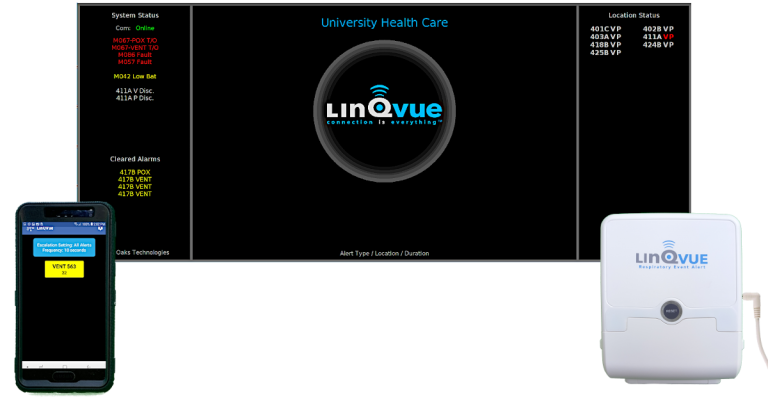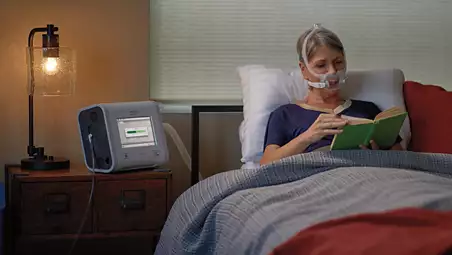ResearchAndMarket.com has released a report indicating that the global ventilator market likely hit U.S. $3.1 billion in 2020. The Ireland-based firm reported that this represented an increase over a global market of $1.1 billion for 2018.
The market-research company reported that prior to the COVID outbreak, the global market for mechanical ventilators was growing at a 7.1 percent rate. The 2020 pandemic ratcheted that growth up to 172 percent – which obviously will drop significantly. Still, the report anticipates future growth at a rate of over 15 percent in coming years – more than double the pre-COVID rate.
One of the more interesting aspects of the study was the fact that the disruption of the ventilator market caused by the COVID pandemic created opportunities for new players in the ventilator manufacturing segment – with Philips Respironics , ResMed, and Dragerwerks significantly increasing their market share during the 2020 ventilator shortage.
You can read a summary of the report at www.researchandmarkets.com/reports/5094112/global-ventilator-market-analysis-and-forecast.
As more facilities add ventilator care, or expand their existing ventilator ward, LinQvue REA should be part of those plans. LinQvue® Respiratory Event Alert is a wireless real-time ventilator alarm system that displays your ventilator alarms on video monitors and mobile escalation devices to simplify prioritizing patient care.
Best of all – LinQvue works with every brand of ventilator! The in-room LinQvue wireless transmitter connects to the ventilator using a standard nurse-call cable, making LinQvue the universal wireless ventilator alarm solution. No matter which brand of ventilator you’re looking to use, LinQvue will integrate seamlessly.



